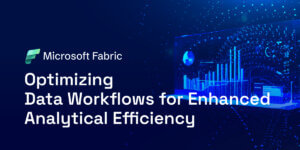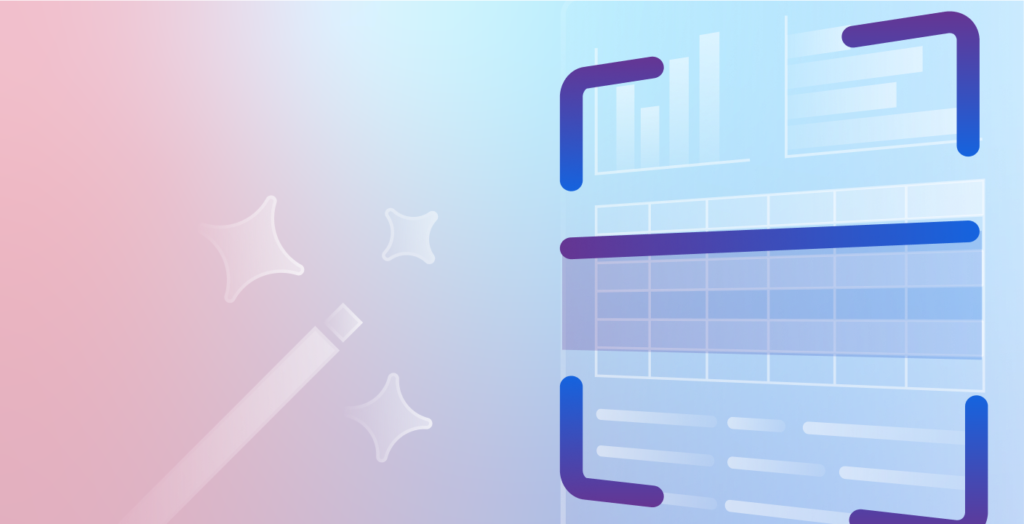What is Software as a Service (SaaS)?
Software as a Service (SaaS) is an internet-based solution that allows users to access software applications through a web browser, eliminating the need to download and install programs on a desktop PC or business network. SaaS offerings span a wide range of applications, from office productivity tools to unified communications and various other business apps.
SaaS is essential in today’s technology arena because it presents businesses of all sizes with flexible, cost-effective solutions. This allows companies to use advanced tools without any hardware requirements or IT support, making them affordable. In addition, this approach also helps organizations stay competitive by enabling access to software over the internet so that they can remain agile and scalable.
What are the Key Concepts of SaaS?
1. Cloud Computing
Cloud computing refers to using a network of remote servers hosted on the Internet to store, manage, and process data rather than a local server or a personal computer. SaaS is a subset of cloud computing that enables software applications to be delivered over the Internet. In contrast with traditional software models, where users must install executable programs on their computers, SaaS provides an alternative whereby people can access applications through web browsers without owning copies themselves. Moreover, this arrangement makes it easier for businesses and individuals to use such applications since they do not need installation CDs or licenses.
2. Software On-Demand
This means that the software is available whenever or whoever requires it without any need for downloading or installing anything. The provider’s servers host these programs that run on them instead of locally on each user’s machine, as in traditional models. Therefore, all one needs is just a web browser with an internet connection, which makes things very convenient because no complex installations or configurations are necessary.
3. Subscription Model
Traditionally, SaaS operates under a subscription-based business model, where customers pay monthly or yearly fees to continue accessing services. On-premises software ownership rights are obtained through up-front purchases. After this point, additional charges may be imposed upon users depending on factors like the required licenses, hardware upgrades, etc.
How Does SaaS Work?
1. Delivery Model
Saas applications are used and accessed over the internet, so physical installation on individual devices is not required. A person should connect to the software through a web browser using the login details provided by their Saas provider. The application runs on servers belonging to the provider; all processing, data storage, and updates occur in the cloud. This model allows users to access their software and data from any location with an internet connection – it offers convenience and flexibility.
2. Multi-Tenancy
This feature recognizes multi-tenancy as an architectural characteristic where one software instance serves several tenants (users). Each tenant’s information is isolated and hidden from everyone else. The benefits of doing things this way include:
- Cost Efficiency: Many users share resources, reducing costs for service providers and end-users.
- Maintenance: Updates are done centrally, meaning all clients get access to new functionalities without upgrading individually.
- Scalability: With multi-tenancy, additional users can be accommodated without making significant infrastructure changes, thereby allowing for efficient scaling.
3. Scalability
The ability of SaaS applications to scale easily is one of their biggest strengths. To maintain optimal performance as user sign-ups increase, providers can scale services according to demand by adding servers or adjusting resources. Businesses can start small and grow when need arises without having to worry about capacity planning or hardware limitations.
Common Features of SaaS
Accessibility
One thing that sets SaaS apart from other software types is its accessibility. Users can access software applications anywhere and anytime on the internet. This is especially advantageous for remote work and businesses with many locations. Employees can collaborate and share the same tools and data regardless of where they are physically situated, increasing productivity and paving the way for workflow continuity.
Automatic Updates
SaaS providers manage all updates and maintenance so that customers can handle being stuck with an outdated version or having their system break down due to neglect. These regular releases often have new features, performance enhancements, and security fixes. Thus, not only does it lighten IT department loads, but it also ensures user safety while offering a seamless experience.
Customization
Most SaaS apps have various customization options, even though they are delivered over a standard platform. Users can typically make software suit their needs via configurable settings and integration with other tools, among other custom workflows. This means that companies can use these systems in ways that align with their unique processes and goals.
Integration
SaaS programs are developed to integrate with different software and services easily. This level of interoperability becomes necessary when companies rely on multiple tools to operate efficiently. For instance, let’s say you’re using CRM software as a service; it will need an email marketing platform, an accounting package, a project management tool, etc. These combinations create one unified ecosystem where data moves freely across various applications, thereby enhancing overall efficiency while minimizing the chances of having information stored in isolation (data silos).
Safety and Compliance in SaaS
Data Safety
Data is always encrypted, both when it is in transit and at rest, to protect against unauthorized access. Other security measures include multi-factor authentication (MFA) and regular security audits, which are also used by SaaS providers. They also employ dedicated security teams who keep an eye on potential threats that may arise in real time.
Conformity
Software, as a service provider, must follow different industry-specific regulations and standards to protect customers’ information. Some examples of these frameworks are the General Data Protection Regulation (GDPR), which ensures European data protection, and the Health Insurance Portability and Accountability Act (HIPAA), which applies to healthcare organizations dealing with patient’s medical records, such as SOC2 – Data Security & Privacy Controls for Service Organizations, etc. To prove their compliance level, companies undergo frequent audits based on such guidelines, hence showing how much they adhere to them.
Backup and Disaster Recovery
For protection against loss of data, software-as-a-service suppliers have backup plans that cover all areas. This means backing up files on different servers located at various parts worldwide to create redundancy which can save information even if one server goes down. Thus, preventing any possible downtime or loss of data during this period should anything happen. In addition, backups should be done frequently enough to restore points and history, i.e., to enable easy recovery from any previous state before disaster strikes again. Therefore, recovery strategies need testing regularly to make sure they’re efficient enough, besides being able to act quickly when needed, especially during emergencies.
Challenges and Limitations of SaaS
- Data Privacy Concerns – The chief difficulty with SaaS is data privacy. Enterprises must trust their sensitive information is kept safe when stored on outside servers that the SaaS provider manages. Issues concerning data ownership can also arise, as it is not always clear who owns what. It becomes crucial but difficult to ensure compliance with GDPR or HIPAA, among other regulations for safeguarding data.
- Reliance on the Internet – For any SaaS application to work, there must be a stable internet connection. Any connectivity problems or downtime can disrupt access to vital applications and records. This leads to decreased productivity and operations interruption, which becomes a major drawback in areas with unreliable internet services.
- Limits on Customization – Though many SaaS apps may have some customization options, they lack flexibility compared with onsite software solutions. Some businesses could discover that these applications need help adapting themselves fully according to their specific needs or workflows. Thus, it becomes restrictive for organizations that require more than what SaaS vendors provide as standard features.
- Vendor Lock-In – If an enterprise depends solely on one service provider offering SaaS products, this could result in vendor lock-in, where switching providers become challenging. This is due to the expensive nature involved during such transitions and the challenges experienced in migrating data from one platform or system to another. Compatibility issues could arise at any given time while doing so. Therefore, firms should think carefully about their long-term reliance on any single supplier and consider how difficult it may be if they need alternative solutions later.
The Future of SaaS
- Artificial Intelligence (AI) And Machine Learning (ML) – Incorporation of AI and ML within existing frameworks will significantly change the capabilities associated with these tools, i.e., predictive analysis, automation, etc. Thus, it will make them more innovative and practical as well.
- Vertical Saas – Also known as industry-specific software-as-a-service, these solutions are gaining popularity quickly. They offer features and functionalities tailored to industries that may not be found in generic SaaS applications.
- Mobile-First SaaS – With the widespread use of mobile devices, there is a significant shift towards mobile-optimized SaaS applications where necessary. This means that users can access software on their smartphones or tablets seamlessly, thus giving them more flexibility and convenience.
- Increased Personalization – Personalized user experiences will be the focus for future SaaS apps. Providers can utilize data together with AI to offer features and recommendations based on individual user preferences, greatly enhancing overall satisfaction among users.
Conclusion
Software as a Service (SaaS) is becoming increasingly important in the tech industry. It comes with several benefits, such as cost-effectiveness, scalability, and accessibility, which makes it an ideal choice for businesses of all sizes. Moreover, its ability to work well with other technologies and provide customized solutions also adds to its attractiveness. Hence, one must stay updated about these changes in SaaS as it advances through AI, machine learning, and mobile optimization. Therefore, Organizations can use these resources for their expansion, streamlining operations while remaining competitive within this ever-evolving technological world by keeping abreast of what is new or improved concerning them.
Share this glossary


